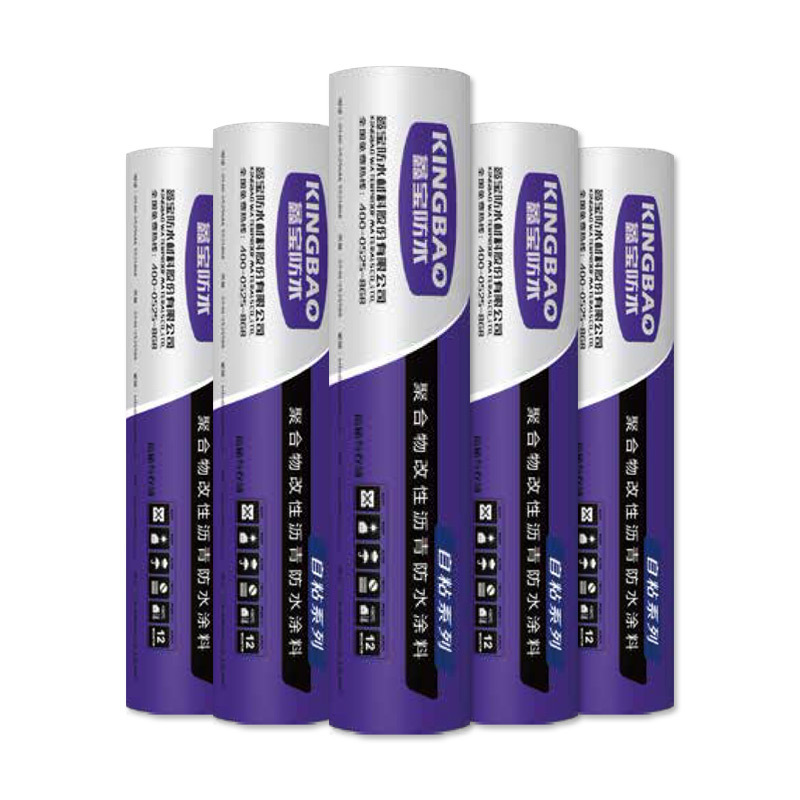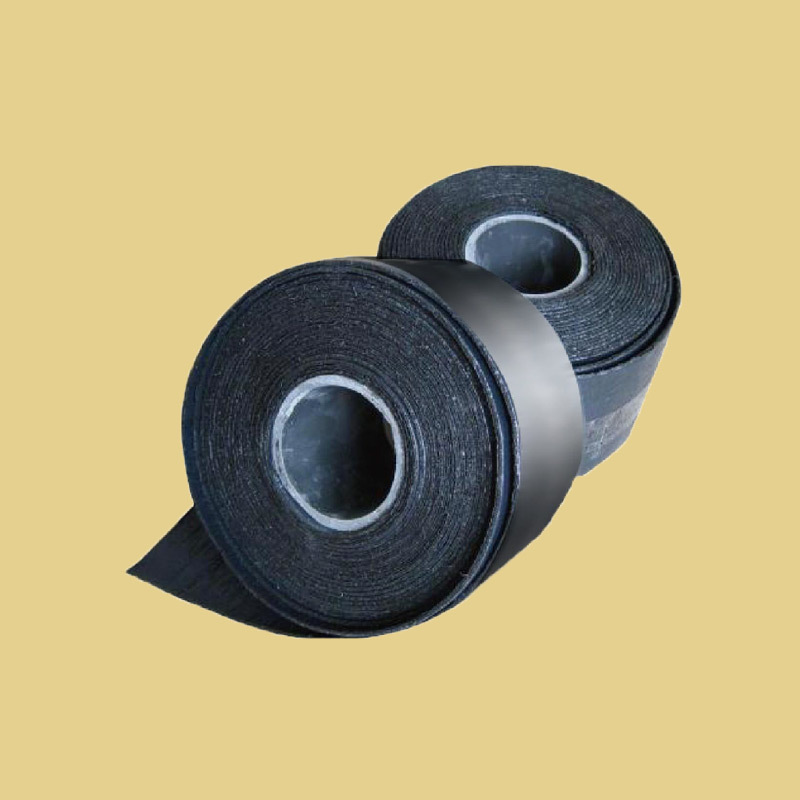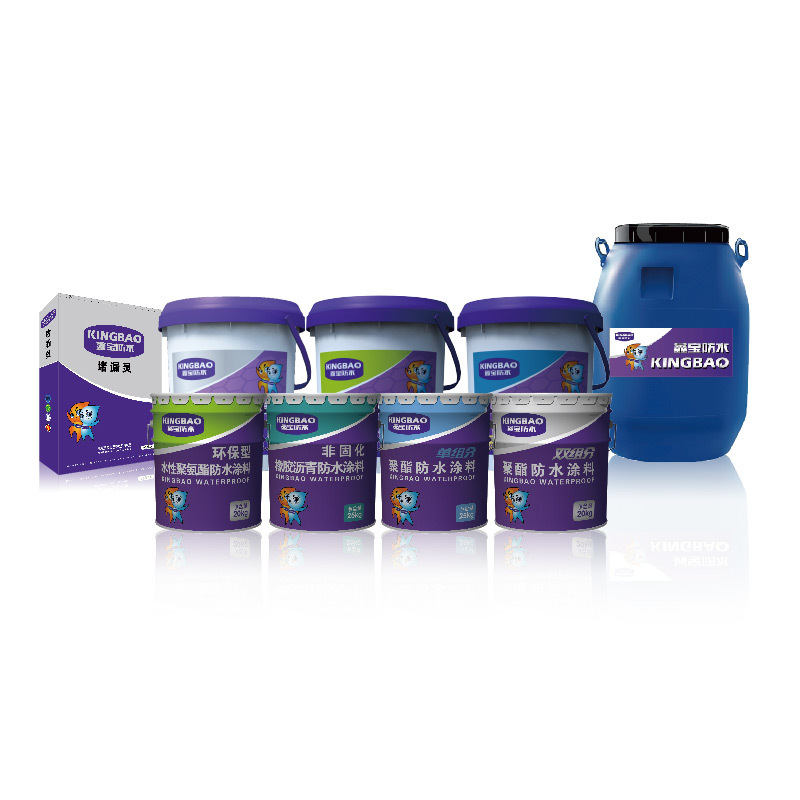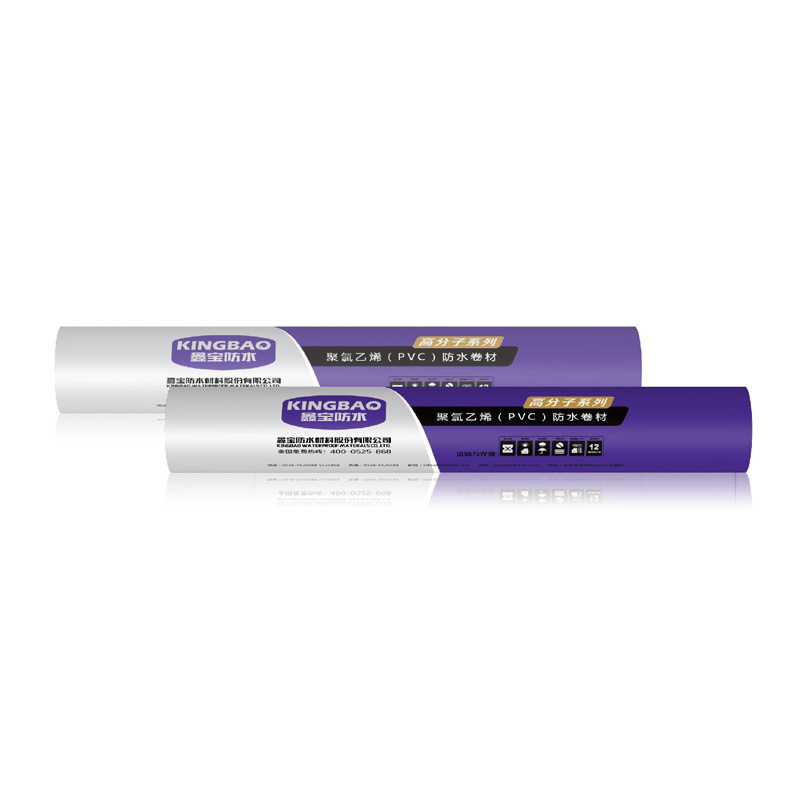
Polyethylene propylene (polyester) polymer waterproofing membrane
Current Product Classification
- 产品描述
-
Product Presentatio
High molecular polyethylene polypropylene (polyester) fiber waterproof coiled material is made of polyethylene, high-strength polypropylene (polyester) fiber non-woven fabric, ultraviolet light barrier, anti-aging agent and other high molecular materials by one-time extrusion processing of automatic production line. The middle layer of coiled material is a waterproof layer and anti-aging layer, and the upper and lower sides are reinforced bonding layers. It is firm, reliable, free of warping edges, hollowing, and double-layer waterproof. It is a new type of waterproof material.
Product Performance
★ This product is a green and environmentally friendly product, non-toxic, odorless, and pollution-free.
★ Due to the addition of anti-aging agent, the product has good anti-aging, anti-oxidation and corrosion resistance characteristics, good flexibility, easy bending and non breaking, good tensile and anti perforation properties, and meets the standard requirements of GB18173.1-2012 Polymer Waterproof Materials Part I Sheet Materials. It can have the same life as building structures. Polyethylene is not rotten and weathered when buried in sand. It is proved through testing that there is no crack at low temperature -40 ℃, and no deformation at high temperature+100 ℃.
★ Construction can be carried out on damp substrates, as long as there is no visible water on the substrate. After the heavy rain stops, the accumulated water can be swept away and construction can be carried out immediately, which is conducive to rushing the construction period.
★ Good flexibility, easy to bend, can be folded freely, and easy to operate. The kitchen and bathroom, swimming pool, and water pool are waterproof. The corners of the interior and exterior, as well as the pipe roots, do not need to have octagonal angles or curved shapes, and can be constructed at right angles to avoid the phenomenon of damaging the waterproof membrane when tiling in the next process, ensuring that the secondary water seal does not leak.
The construction speed is fast, the efficiency is high, and the walls of the kitchen and bathroom, swimming pool, and water pool do not need to be roughened or interface treated. Directly pasting ceramic tiles on the roll material is both labor-saving and effortless.
★ The polymer cement binder used in conjunction with the roll material is a green and environmentally friendly product. Its main raw materials are the matching adhesive and cement produced by our company, which are mixed into a paste. The bonding material not only has good bonding performance, but also serves as a waterproof layer, which can seal the capillary holes of the base layer and play a role in blocking water. It has very loose requirements for the base layer and can also serve as a leveling function.
★ Strong puncture resistance, suitable for waterproofing various types of green planting surfaces. The high polymer polyethylene acrylic (polyester) waterproofing membrane has good puncture resistance and can prevent root punctures, with a very obvious waterproof effect.
Scope of Application
This product is suitable for waterproofing projects in various buildings such as roofs, basements, tunnels, etc; Roof and underground engineering of industrial and civil buildings, waterproofing of water storage tanks, municipal, bridge, subway, tunnel, dam and other engineering, especially suitable for key projects with high durability, corrosion resistance requirements and easy deformation.
Construction Method
★ Construction Procedure: Acceptance of Leveling Layer → Cleaning of Base Layer → Preparation of Cement Adhesive → Application of Additional Layer → Construction of Base Layer → Protective Layer → Maintenance
★ Before bonding, pre lay and align the roll material, then fold and roll up both ends of the roll material. Pour the prepared cement adhesive into the base layer and use a scraper to evenly scrape it open. Then push the roll material forward and promptly use a scraper to remove excess adhesive left inside the roll material. The bonding rate between the roll material and the leveling layer should be greater than 85%.
★ Seam method
(1) Roof waterproof joint construction: The vapor barrier layer, waterproof layer, and additional layer are all constructed using lap joint method, bonded with cement adhesive, with a width of 10cm. The joint between the additional layer and the waterproof layer should be staggered by more than 5cm.
(2) Basement waterproof joint construction: 10-15cm overlapping cover strip joint method is adopted, and the cover strip is bonded with polymer joint adhesive. work
(3) The overlap width of waterproof membrane should be 8-10cm for the long side and 10-15cm for the short side. The joints between adjacent short sides should be staggered by more than 10cm, and the angle between the wall and the ground should be at least 30cm.
★ Protective layer
After the roll material is laid and glued, a protective layer of 1:2.5 cement mortar with a thickness of 2cm should be applied on the waterproof layer in two stages. The joints of the two layers must be staggered by more than 20cm, and the protective layer should be flat and watered for curing.
Product Consulting
Copyright @ 2024 Xinbao Waterproof Material Co., LTD






